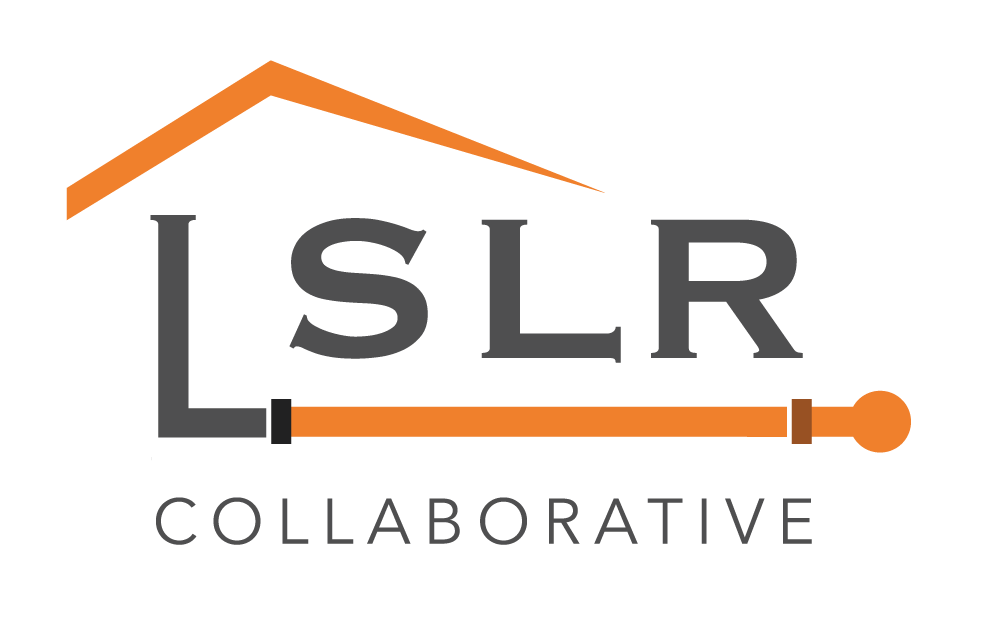|
National Drinking Water Alliance Exposure to lead from drinking water is not common, but it occasionally can have serious health consequences. Young children and infants are particularly vulnerable to lead because the physical and behavioral effects of lead occur at lower exposure levels in children than in adults. Many children in the U.S. are exposed via multiple sources, including through their drinking water.
Read the full post. Clean Water Action
Lynn Thorp, National Campaigns Director Eliminating exposure to lead in tap water means getting lead out of contact with drinking water. The largest source of lead in water systems is the lead service lines that bring water from the main (large pipe) to the house or other building. Replacing lead service lines is a critical step to lead –free water. There’s no magic solution to the challenges of lead service line replacement, but there are local, state and federal policies that could support communities and water systems in this effort. Read the full blog. Clean Water Action Becky Smith, Massachusetts Campaign Director A great new tool was released recently to help communities speed up replacing their remaining Lead Service Lines (LSLs), which deliver drinking water to millions of homes across the U.S. The Lead Service Line Replacement Collaborative is working to accelerate full lead service line replacement by engaging community stakeholders in collaborative processes in this critical undertaking. The Collaborative’s work is based on the recognition that we need to get lead out of contact with drinking water to prevent the risk of exposure to lead at the tap.
Read the full blog. Michael Deane, Executive Director, National Association of Water Companies Contributor to HuffPost It’s no secret – the situations in Flint, Michigan and other cities have heightened awareness and sparked action about the challenges of our nation’s aging water infrastructure. Lead and other contaminants in Americans’ water have received quite a bit of attention over the past couple of years – with good reason. Nationwide, outdated lead service lines connect an estimated 6.1 million or more homes and businesses. Service lines are the pipes that connect the utilities’ underground system of water mains and pipes to a home, business or public-use facility, and are the responsibility of the home or business owner.
Read the full article. |
Have a suggestion for an article or blog to add?
Let us know! Type
All
Date
April 2023
|


 RSS Feed
RSS Feed